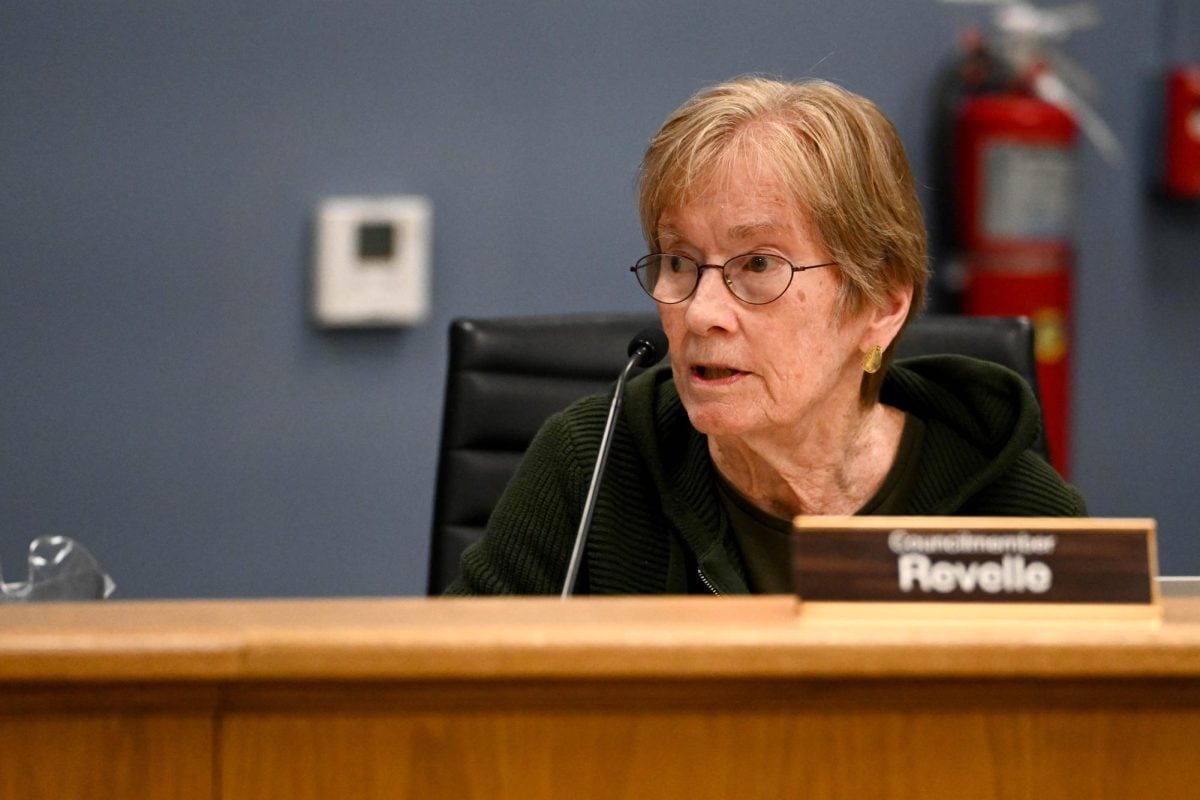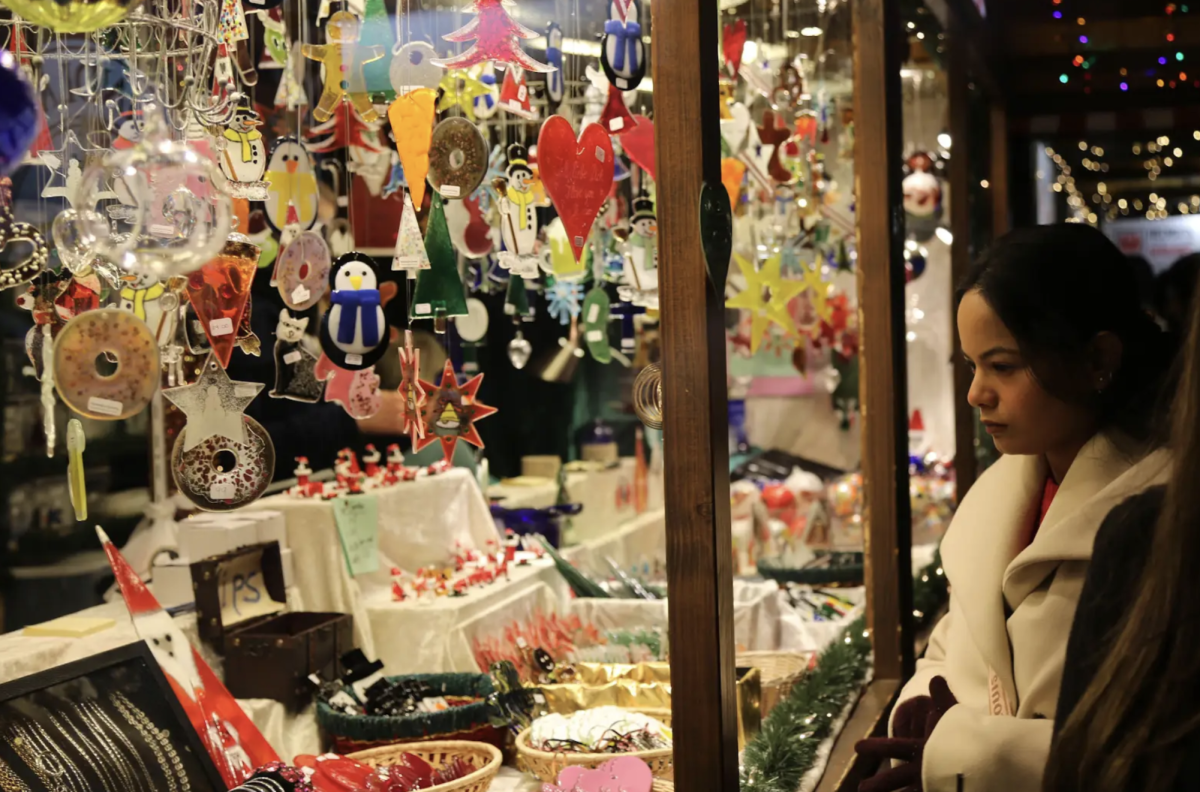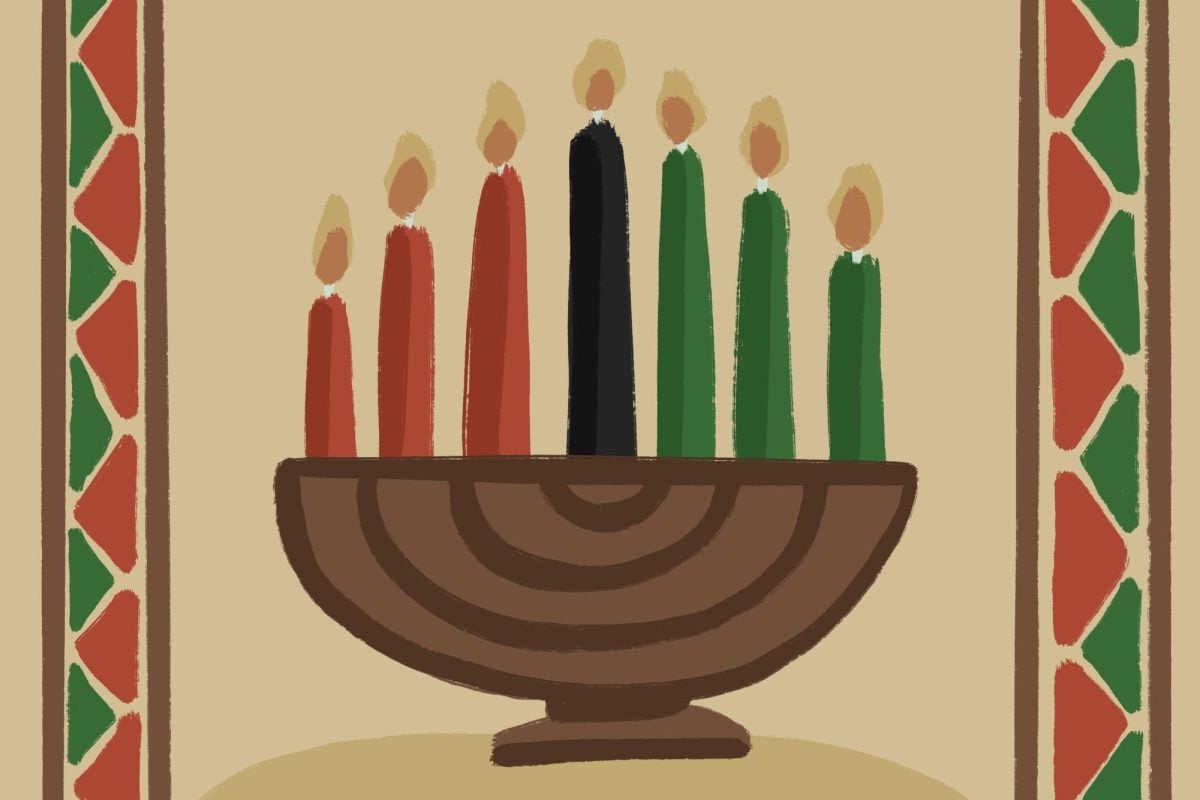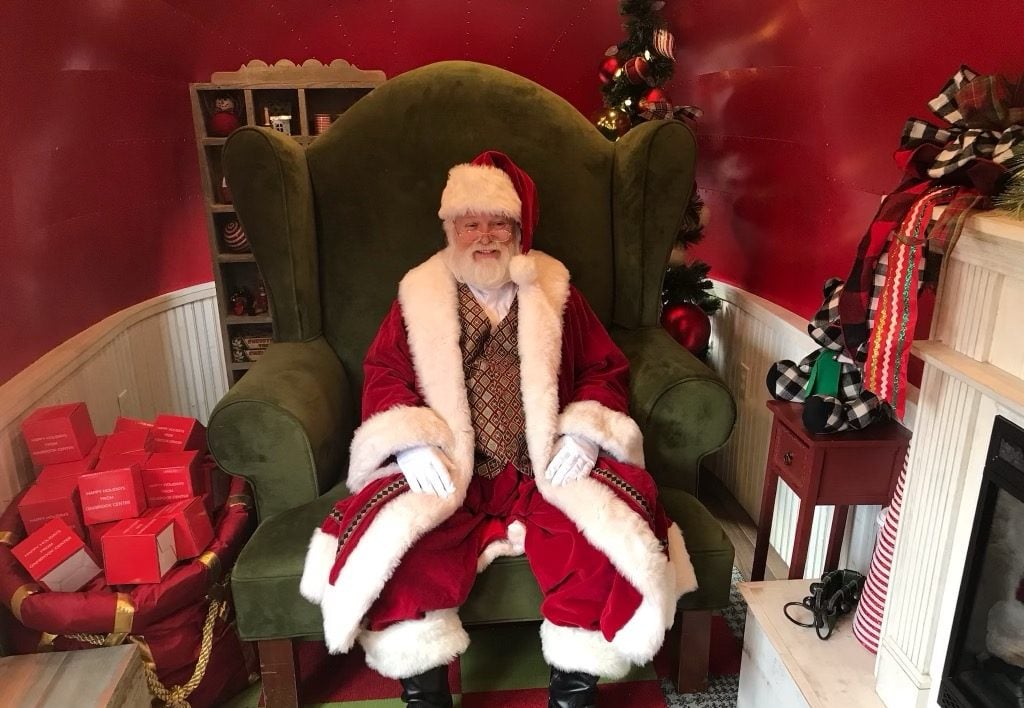About 30 people wearing traditional Bolivian costumes danced through the streets of Evanston during Monday’s Fourth of July parade.
The dance troupe, Sentimiento Boliviano Chicago, is comprised of Bolivian-American families and was formed by parents to help expose their children to Bolivian music and culture, according to the group’s main coreographer, Cecilia Amador.
“All our children were born in America, but the parents are Bolivian. We are mix of Bolivians and Americans, and that’s why we participate in the parade. It’s our way of showing everyone that we are part of the American culture, too,” Amador said.
The performance also highlighted the special characteristics of the culture’s style of dance.
“Bolivian dancing is different because of the costumes and the traditionally live band, which we tried to re-enact today, ” Amador said. “There is such artistry involved.”
The troupe includes dancers from three generations. The youngest is 2 years old, and the oldest member is 63.
Cajay Roman, 24, has been dancing since she was 12 and won a Miss Bolivia title on May 22. Amador said troupe members nominated Roman to represent them in a cultural election.
“During the competition I had to wear a cultural costume and explain that, even though I was born and raised in America, I could represent Bolivia, too,” Roman said.
Roman wore her Miss Bolivia sash over her costume at the parade. The other girls wore handmade black-and-green velvet dresses from Bolivia, and the boys wore similar velvet outfits, with boots with bells that jingled with each step.
“The velvet was made for the cold weather in Bolivia, but we will be dying out here,” Amador said.
According to Amador, the performers were well-prepared for the Evanston parade because they participated two or three years ago. Evanston residents are good friends to the Bolivian people, she said.
“My favorite part of the parade is the crowd’s reaction here in Evanston,” Amador said. “They are so supportive of other cultures. There is cheering and clapping regardless of who’s coming through. It’s just amazing.”
Amador added that the setting of the parade presented unique challenges to the dancers.
“Performing in a parade is much different than performing on stage,” Amador said. “You have to keep up the pace, and that’s very difficult. We also had to adapt our choreography to be constantly moving.”
Spectator Clovis Meneses said he was there to support family members dancing in the parade.
“My 6-year-old son was confused why we were going to a party for America when we are Bolivian,” Meneses said. “I told him it’s the same as when you have a birthday party and invite all your friends. I explained to him that America is a friend who invited us to their party.”






